Last-Minute NYC Holiday Gift Guide 🎁
We’ve created a holiday gift guide with presents for the intrepid New Yorker that should arrive just in time—


On a recent Behind the Scenes NYC tour, a series we produce with the NYCEDC, we were given access inside and onto the roof of the newly renovated Corn Exchange Building with Artimus Construction. Originally built in 1883-84, this Queen Anne and Romanesque Revival structure was designed by the architectural firm of Lamb & Rich at a time when Harlem was a suburb. The main floors were occupied by the Mount Morris Bank and Safe Deposit Company, with luxury apartments on the floors above – conveniently located next to the Metro Station. The structure had three arched entrances. One used for the apartments, one for the lower-level bank vault, and a grand entrance to the main level of the bank. In 1913, the Mount Morris Bank became a branch of the Corn Exchange Bank.
Time and the economic climate were not kind to either the building or Harlem in the years that followed. By 1954, the Corn Exchange Bank merged with Chemical Bank, but due to a tax foreclosure, the building ended up in the hands of the city in 1972. While the building was considered for Landmarking in the 1980s, it wasn’t declared a City Landmark until 1993. The Corn Exchange Building went through a declining timeline in the years that followed, including an owner who allowed the building to deteriorate to the point where trees were growing inside the building. A fire in 2009 made the upper floors structurally unsafe and four floors had to be demolished.
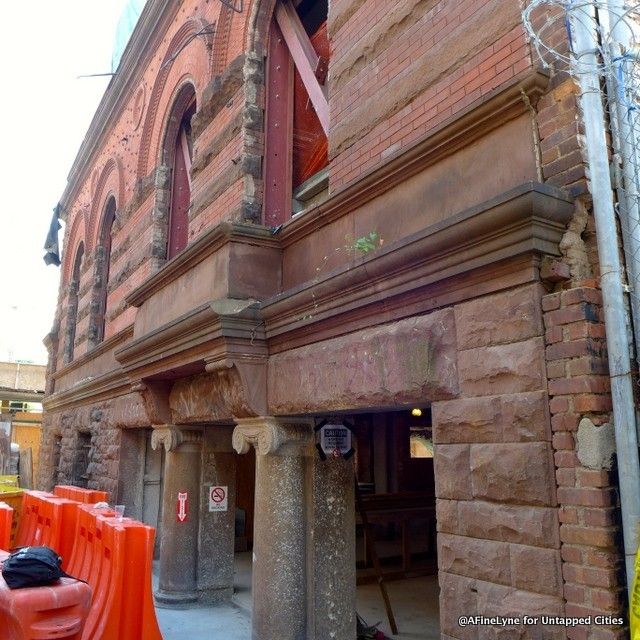
Park Avenue side of the building. July,2014
The New York City Economic Development Corporation took over the building in 2003, and in 2011 put out a request for redevelopment. During these years, a local developer kept a watchful eye on the property, knowing what a treasure it had once been, and he was delighted by the prospect of throwing his hat in the ring with a proposal. Ken Haron, President of Artimus Construction – who is known to have restored many buildings in Harlem – won the bid, and proceeded with the almost overwhelming task that was to follow.
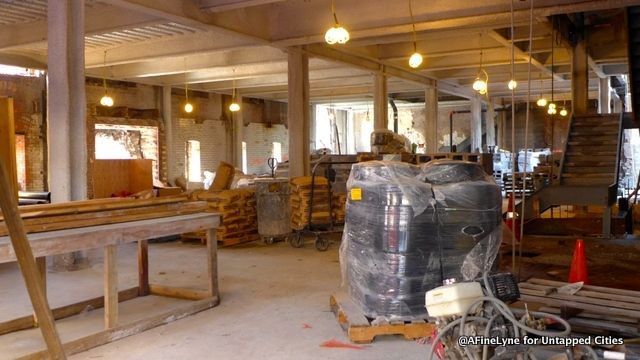
Interior of the first floor, construction underway. Photo, December 26, 2014
It was Ken Haron, along with Artimus Chief Operating Officer, Ronen Haron, who greeted our tour at the entrance to the building. With great enthusiasm, we viewed page after page of photographs documenting the project from the time they bought the property – which initially was too unsafe to enter. Dirt, leaves and garbage filled the interior.
The demolition of the upper floors was essentially an implosion, with all the rubble left to pile on bottom floors. Trees were growing on the inside and what was left of the roof. As they carefully sifted through the rubble (by hand, as they couldn’t use machinery with the ambiguousness of the actual structure below), they found such artifacts as old bank statements from the bank and safety deposit company. There was a steel iron safe and three floors of vaults.
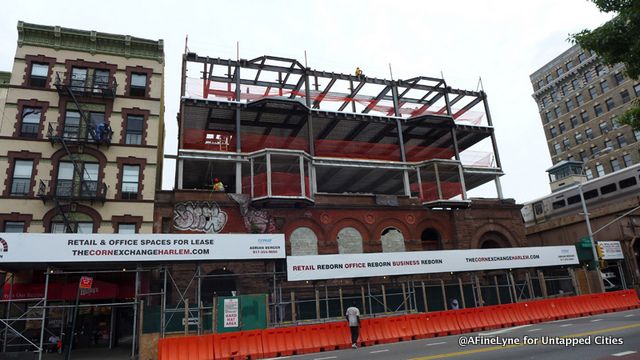
July 2014
As we moved from floor to floor, the team from Artimus went into great detail about their intention to restore the building, preserving what was left of the facade, and creating floors three through seven, keeping the integrity of the original plans. As attractive as the exterior would be, they had also planned to create a modern interior that would be LEED-certified.
By 2014, Harlemites were watching the long abandoned Corn Exchange rise, under the watchful eye of Ken Haron, who had been passing by this site for over thirty years, watching it deteriorate. As Haron tells us, the Corn Exchange is “a landmark, not because it’s designated, but because of what it is.” He saw it as a “Gateway to Harlem” and that he felt compelled to act, as “something had to be done. [It’s an] important landmark for Harlem to keep and build.”

The attention to detail is evident, from the windows, and intricate brick work to the copper flashing. As no banks would touch the building, Artimus Construction raised funds through friends and family. Now completely renovated (only the lower brick facade was salvageable), with approximately 32,000 square feet of office and retail space, it is ready to receive tenants. The recreated facade is historically accurate with real copper bays, that will oxidize and turn green in time. The only major changes were the installation of fake slate on the roof, in order to make it last, along with the addition of a clerestory on the roof to let in light–an addition that can’t be see from street level.
Ideally situated directly between two major subway lines – the #2/3 on Lenox Avenue and the #4,5,6 on Lexington – they are right next door to the newly renovated Metro North Station. Yet, Artimus has been reluctant to rent out to those they deem to be the wrong type of tenants, turning down several retail offers and holding out for anchor tenants that will be a good addition to the community.
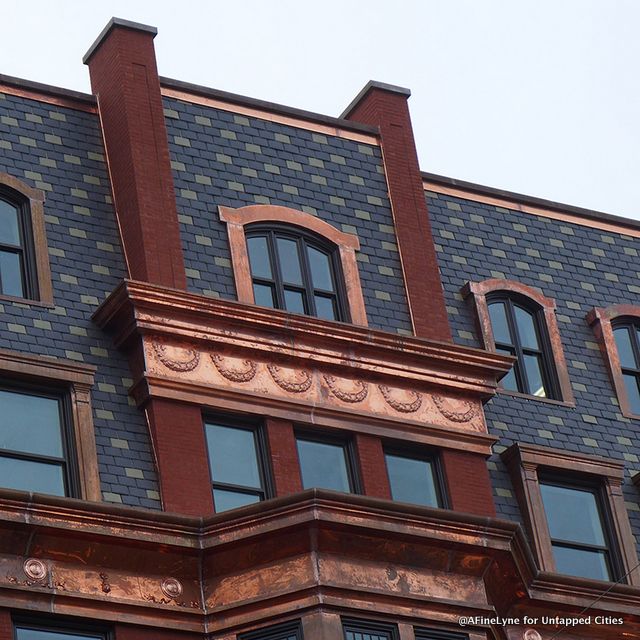
Detailed copper flashing, which will fade to a green patina over time. photo April, 2015

First floor, with arched windows that front 125th Street

Second floor, fronting 125th Street where you have a view of the Metro North Station
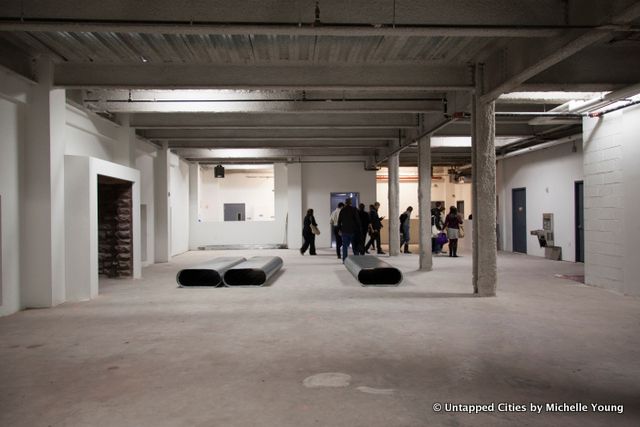
First floor of the Corn Exchange, for retail
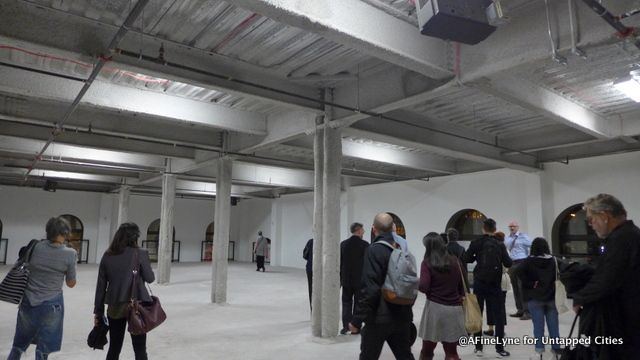
Tour group on the second floor
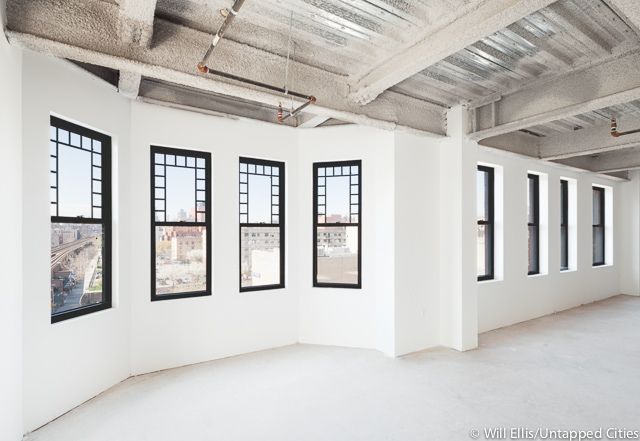
Fifth floor with bay windows above, and with our tour group below

Ken Heron, President of Artimus Construction with our tour group on the fifth floor
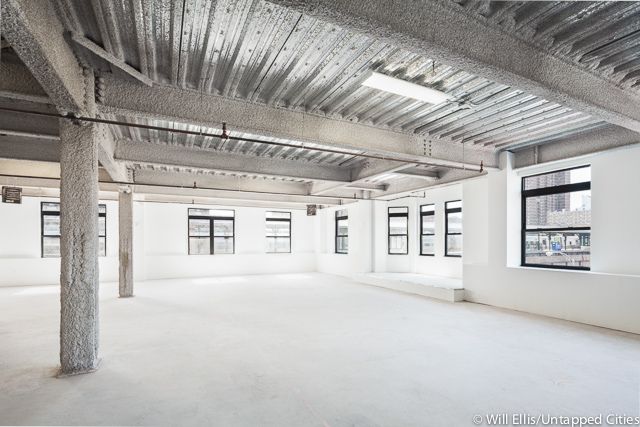
Sixth floor
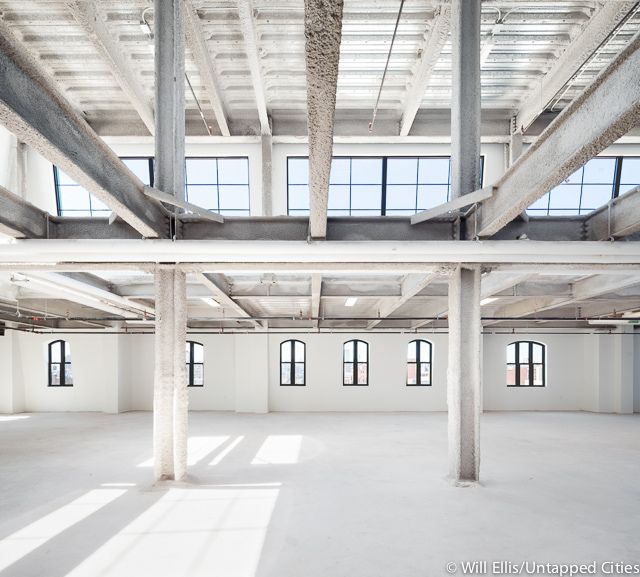
Interior penthouse above, and with our tour group below
The last stop of our tour inside the Harlem Corn Exchange Building was onto the catwalk of the top floor office, onto an elevated catwalk and outside onto the penthouse terrace.

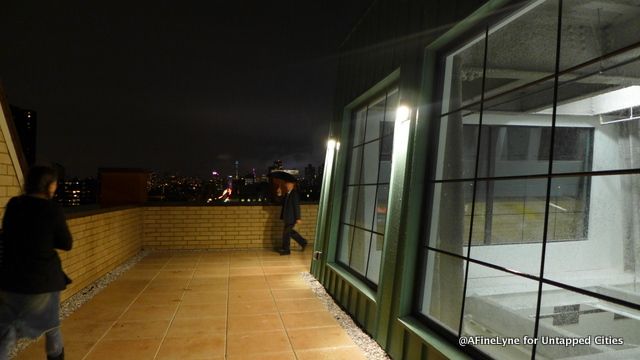
Penthouse terrace looking west
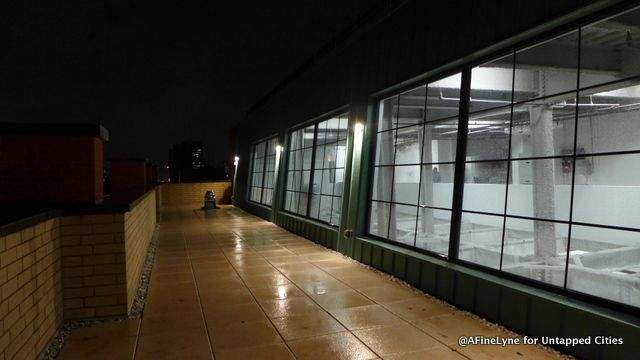
Wide wrap-around terrace off the upper section of the penthouse and catwalk
A plethora of projects are planned for this immediate area, with many projects currently underway – the East Harlem Media, Entertainment and Cultural Center, a 1.7 million-square-foot mixed-use development, an abandoned 19th century firehouse currently being converted to a cultural center (CCCADI), the Victoria Theater project, National Urban League Headquarters project, and Whole Foods opening in 2017 – all on 125th Street.

View from the penthouse terrace, with a view of the Metro North tracks heading south
When asked about the project, Ronen Haron (Chief Operating Officer) said he felt humbled by the project and grateful to have been given the opportunity. As particular as they were with each and every detail of the building, they hope to be equally particular about who will be leasing. The Corn Exchange Building, located at 81 East 125th Street, for them, continues to be a true labor of love.
Check out our upcoming tours in New York City. Get in touch with the author at AFineLyne
Subscribe to our newsletter